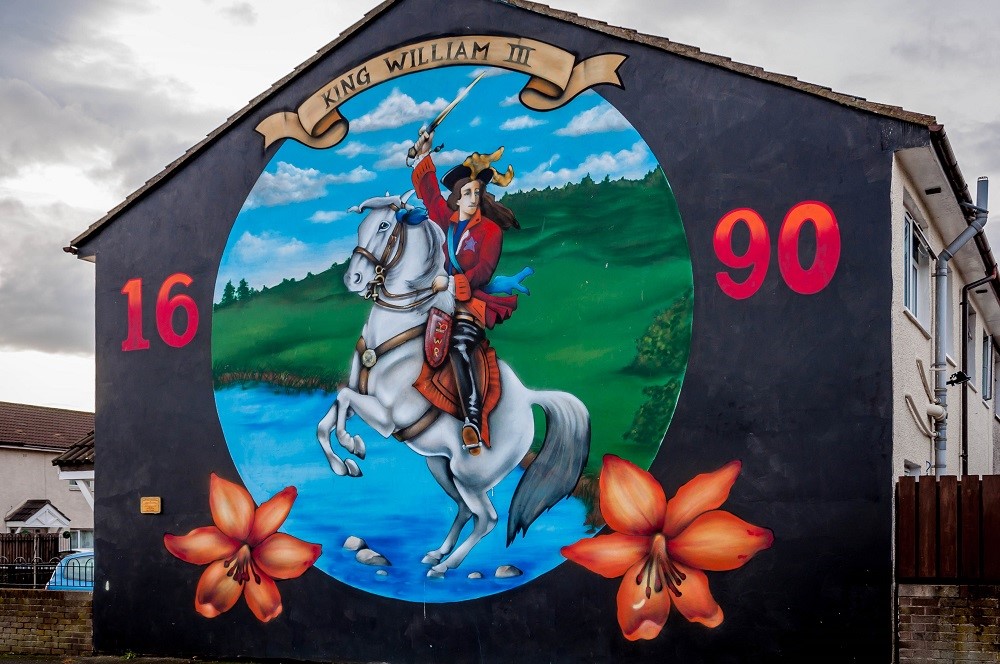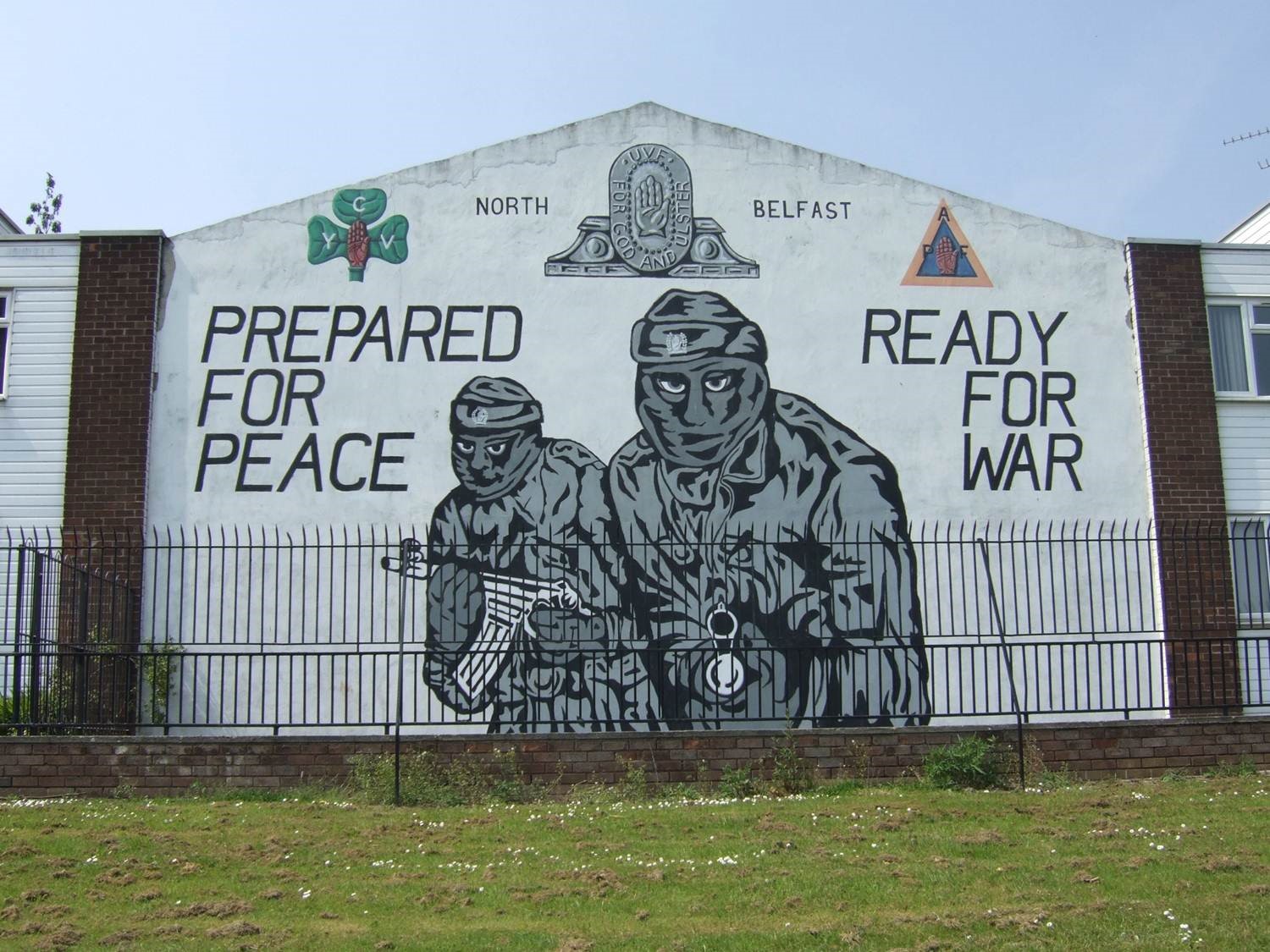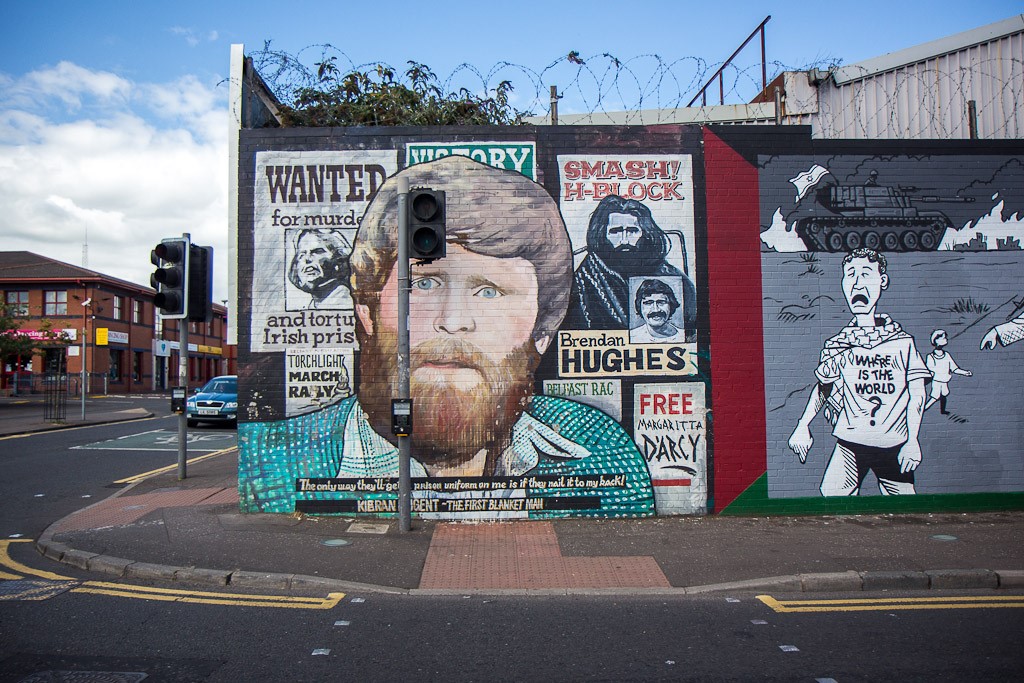A PR student’s take on Northern Ireland’s murals

Northern Ireland was recently named Lonely Planet’s best region to visit in 2018. The world’s largest travel book publisher hailed the beautiful North Coast and Belfast’s bars and restaurants as must see attractions for tourists visiting Ireland.
I for one think it’s an incredibly well-deserved accolade. We are spoilt in Northern Ireland by beaches and stunning scenery, music and sport, and even despite living in London for a year, I still think the best food I’ve ever eaten has been within a stone’s throw of my front door.
But when a friend from England came to visit me in Belfast recently, I knew there was one thing I had to show her. Something truly unique to Northern Ireland; the kind of tourist attraction that isn’t quite picturesque enough for the glossy pages of a Lonely Planet publication but gives a Belfast first-timer a true taste of our rich history.
Now, my experience of political and religious contention in Belfast doesn’t amount to much more than memories of my Mum telling us not to play in certain neighbouring streets with our GAA jerseys on. I didn’t live through ‘the Troubles’ and my house is in a mixed area in Belfast, on a mixed road, with both Protestant and Catholic neighbours. It has been a relatively safe place to grow up. But I’ve always been interested in Northern Ireland’s colourful past, and believe that Belfast’s turbulent history is a part of it’s charm.
So, when my Leeds-born English pal landed in Belfast we jumped in a black cab of the Belfast variety, and did a Taxi Tour of the murals in West Belfast, spending two hours around the peace walls that run through the most divided part of the city.
Mural painting really took off in Belfast in the early 1970s and it’s believed that almost 2,000 murals have been documented since then. They are used by both Loyalist and Republican communities, as tools of political expression and have become an integral part of Northern Ireland’s history.



It got me thinking; this part of Belfast’s culture is one of it’s unique selling points. As someone who revels in the charm of this city and has great pride in it’s offerings as an up-and-coming tourist destination, I think of the murals as less conventional tourism gems.
As a PR student, I see the original and most famous murals as unique forms of political propaganda. During the Troubles these detailed depictions told their neighbours what the newspapers wouldn’t. Mainstream media channels of the time would censor many of the messages aimed at the ears of Loyalist and Republican communities, so murals were commissioned to be the news bulletins that people couldn’t avoid.
In more recent years, through the ongoing peace process, we see less paintings of gunmen in balaclavas and the murals are less likely to energise young boys into radical political action. Walls that once encapsulated years of violence and unrest, are now more likely to celebrate local sporting heroes, encourage international peace and portray events from Irish mythology. As they come and go, and change in their style and tone, the murals act as mirrors of Northern Ireland’s changing political and social landscapes.
They say a picture is worth a thousand words – it’s the communications student in me that looks at the murals as a way of skilful story telling. I admire their ability to communicate complex messages, with depth and breadth of meaning, in a simple way. Some murals are newsflashes from Belfast’s history, the front pages of Northern Ireland newspapers, reproduced and granted long-term residency on gable walls. Some are stunning works of art celebrating key events in Irish history or showing solidarity to international friends. Some commemorate historical figureheads. And some celebrate the new relationships and tolerance between the two sides in Northern Ireland. Infact, since the Good Friday Agreement we’ve welcomed the most unlikely of artistic collaborations – Loyalist mural painter Mark Ervine and former IRA volunteer turned artist Danny Devenny, who are involved together in several mural projects to promote peace in Belfast.
History and geography dictate that Belfast will most likely never be a completely unified city. But that doesn’t mean to say we haven’t made progress and one only has to explore the murals – past and present – to see how far Northern Ireland has come.
The murals stand as poignant reminders of the violence, the trauma and the trouble we hope not to relive in Belfast, and reflect the positive steps we have taken in the hope of a bright future.
Paula McKay is a 4th year BSc in Public Relations student at Ulster University. She can be contacted at http://www.linkedin.com/in/paulamckay55, and on Twitter @paulamck55


